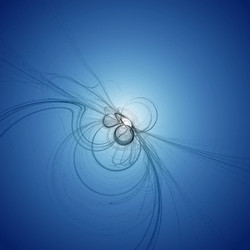Goal: The next-generation neutrino observatory in Europe
The EU-funded study LAGUNA-LBNO(opens in new window) (Design of a pan-European infrastructure for large apparatus studying grand unification, neutrino astrophysics and long baseline neutrino oscillations) brought together more than 300 scientists from 39 academic institutions and industrial partners. LAGUNA-LBNO built on the work of the EU-funded project LAGUNA(opens in new window), completed in 2010. The LAGUNA team had designed an underground infrastructure with a mass in the range of 10^5 to 10^6 tonnes. This follow-up project focused on two key questions: 'What will be the likely impact of including long-baseline neutrino beams from European Organization for Nuclear Research (CERN) accelerators?', and 'How much will it cost to construct and operate such a large multipurpose underground facility? The LAGUNA-LBNO team considered the construction for each of the locations proposed as well as costs needed to upgrade the CERN accelerator to produce neutrino beams. They also evaluated the safety risks associated with the commissioning and operation of the detector and related instrumentation over a lifetime of 30 years. Specifically, two potential sites were investigated in detail: the shortest baseline from CERN at Fréjus (130 km away) and the longest baseline at Pyhäsalmi (2 300 km away). Three types of potential detector had been proposed for each site, made from water, liquid argon and a liquid scintillator for particle astrophysics. Assessments led to recommendations on the final site and detector type. These provide a realistic scheme for the tank construction and an estimate of the cost of the detector and liquid purification plants. The LAGUNA-LBNO team hopes to have taken the project to the next phase of development. There is currently intense competition worldwide to host the next-generation underground neutrino observatory. This new facility will provide unique opportunities for scientific research that can lead to breakthrough discoveries and attract scientists from around the world. Neutrinos interact only very weakly with matter and, therefore, can travel very long distances in space and traverse dense zones of the universe. These messengers from distant cosmic sources provide unique information about what has occurred elsewhere in the universe. To date, Europe is leading deep underground science with expertise in this area, thanks its four long-running deep underground laboratories. The new infrastructure will provide an important asset for Europe to keep its leadership in the search for new astronomical sources of neutrinos.



